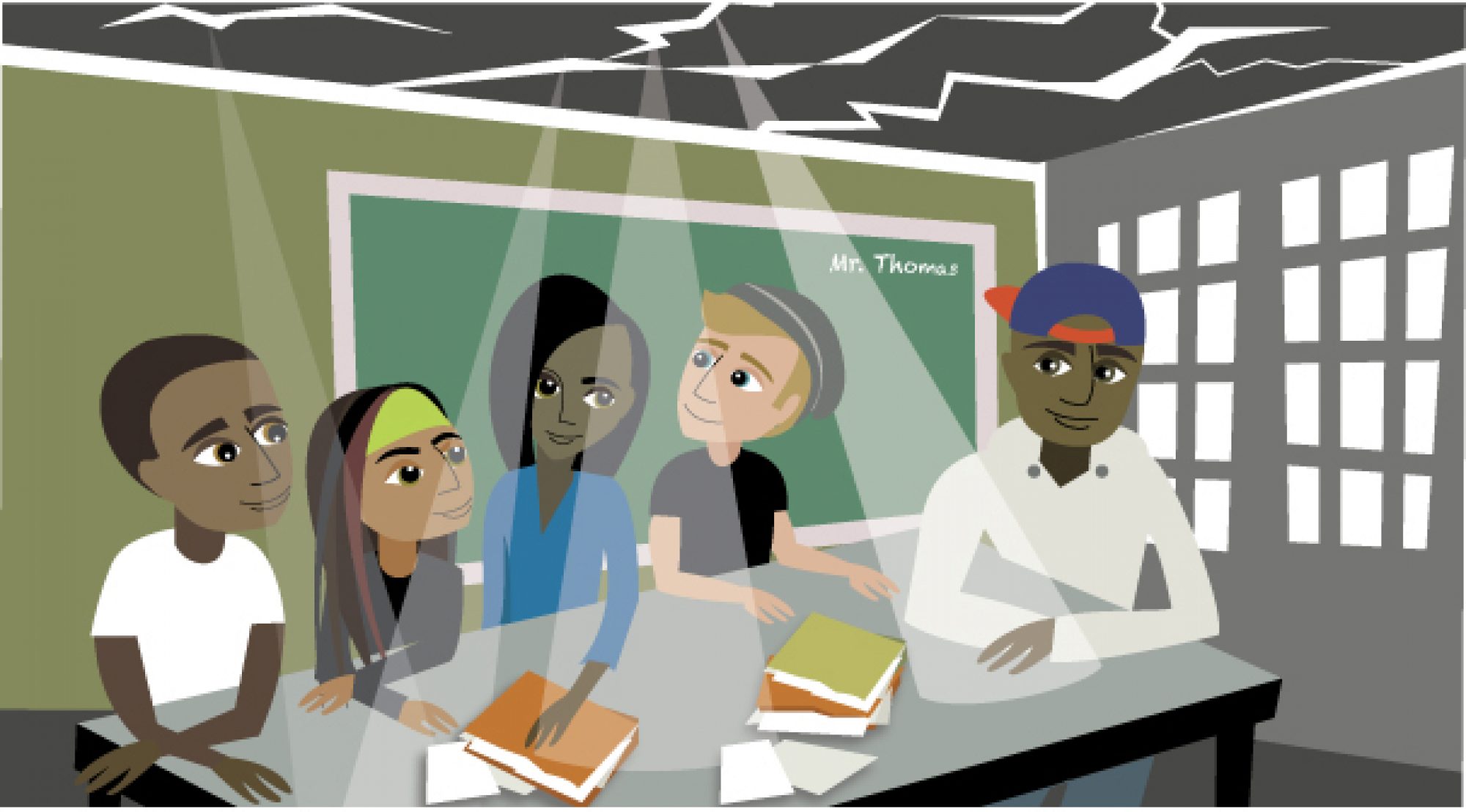 For the past six years, no matter how trying the day was, I consoled myself with one thought: At least I don’t teach middle school.
For the past six years, no matter how trying the day was, I consoled myself with one thought: At least I don’t teach middle school.
Beginning in late July, however, I’m my program’s middle school social studies teacher. I’m actually excited about the new assignment.
Anticipated news
When word filtered out that Mr. Ferris had taken a job in his hometown, I was both happy for his own good fortune and concerned about the impending loss to our school of an excellent, middle-school social studies teacher.
Of the four members of our middle school team, two had accepted other positions. That level of turnover is tough on a grade-level team universally seen as strong. In an alternative program, having a cohesive group of teachers working with the most challenging population – middle schoolers – has critical implications. A strong team means the difference between an administrative team able to advance a program’s big-picture goals and one increasingly beleaguered by chaos.
While I thought about approaching our principal about the open social studies position, my satisfaction with teaching high school as a member of a strong cadre of veteran alt-ed teachers won out over my idea. Perhaps the principal had another vision for filling the job. So, when he did announce that he was moving me from high school to the middle school, I believe I detected signs of relief when I enthusiastically approved of his decision.
Bring your A-Game
Teaching at-risk students assigned to an alternative program requires at least two unique student-needs. For a variety of factors, these students are far behind their age-peers in skills. More specific to their socio-economic circumstances, they have learned behaviors that serve as barriers to a good education. Add to this the attendant issues with all middle-school students and the responsibilities of teaching become daunting. To borrow from the Scout motto, be prepared. Be very prepared.
I’ve come to understand that teaching social studies in the conventional, cookie-cutter fashion is no way to help alternative education students learn. Over the past several years, I’ve made the transition from the factory model comprised of district pacing guides and chronological approaches to the past. While teachers are required to teach specific standards, the use of thematic units come with the obligation for competent teachers to differentiate the pace of learning appropriate to each student.
My summer break has already seen the regular application of reverse-planning. From the standards come evaluation, from evaluation comes assessment. There’s no shortcut to doing something right.
My own best-laid plans call for the heavy use of stations in my classroom. By including skill-building activities in these stations, (so my current thinking goes), instructional time will be maximized to the point that I’ll avoid that terrifying experience of running short of meaningful activities during a class period. I shudder at the thought.
Don’t get me wrong, I’m going to recharge and relax during my break. However, I do understand the sense of urgency of joining a four-person team in which all of the licensed teachers are new to middle school.
